RESOURCES FOR LEARNING
Know of a learning resource not listed here? Use the button below to share the resource with The Orange Path and help others on their journey to truth and reconciliation.

Sounding Thunder: The Stories of Francis Pegahmagabow
Francis Pegahmagabow (1889-1952), a member of the Ojibwe nation, was born in Shawanaga, Ontario. Enlisting at the onset of the First World War, he became the most decorated Canadian Indigenous soldier for bravery and the most accomplished sniper in North American military history.
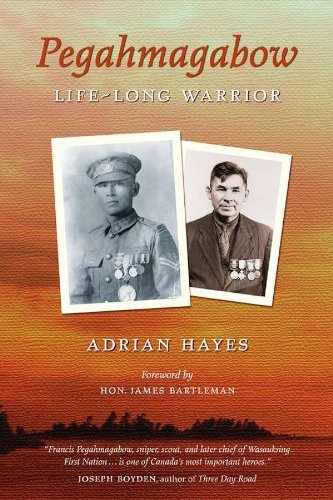
Pegahmagabow: Life-Long Warrior
Francis Pegahmagabow was a remarkable aboriginal leader who served his nation in time of war and his people in time of peace. In wartime he volunteered to be a warrior. In peacetime he had no option. His life reveals how uncaring Canada was about those to whom this land had always been home.
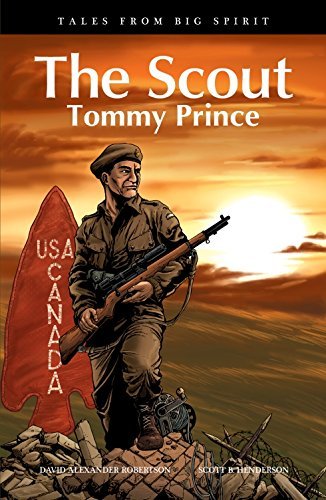
The Scout: Tommy Prince
When Lawrence's father goes overseas with the Canadian Army during the Second World War, the young Cree boy struggles to grow up while wrestling with the meaning of war.
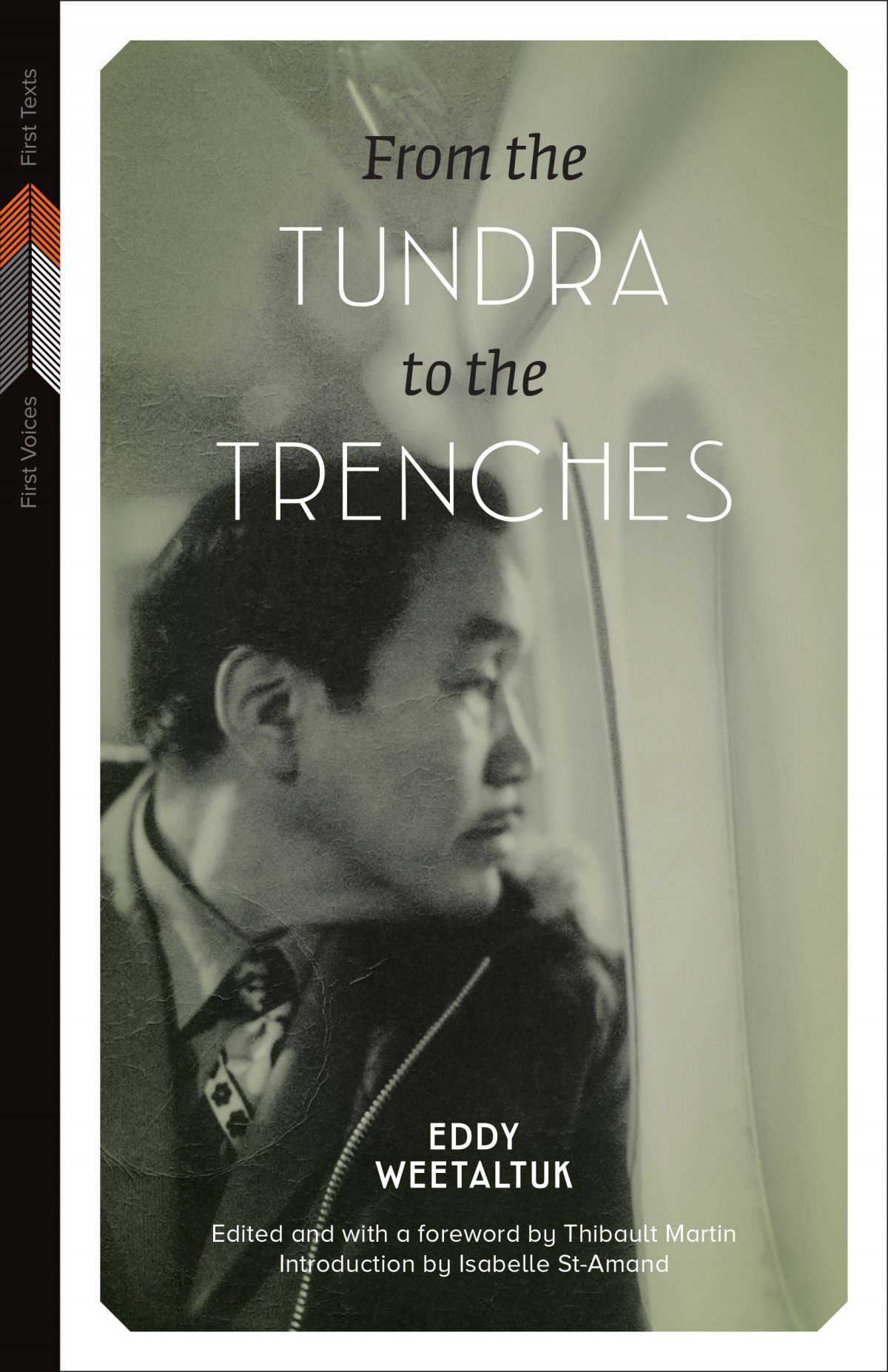
From The Tundra To The Trenches
“My name is Weetaltuk; Eddy Weetaltuk. My Eskimo tag name is E9-422.” So begins From the "Tundra to the Trenches." Weetaltuk means “innocent eyes” in Inuktitut, but to the Canadian government, he was known as E9-422: E for Eskimo, 9 for his community, 422 to identify Eddy.

Code Talker
His name wasn’t Chester Nez. That was the English name he was assigned in kindergarten. And in boarding school at Fort Defiance, he was punished for speaking his native language.

Hiawatha and the Peacemaker
Born of Mohawk and Cayuga descent, musical icon Robbie Robertson learned the story of Hiawatha and his spiritual guide, the Peacemaker, as part of the Iroquois oral tradition. Now he shares the same gift of storytelling with a new generation.
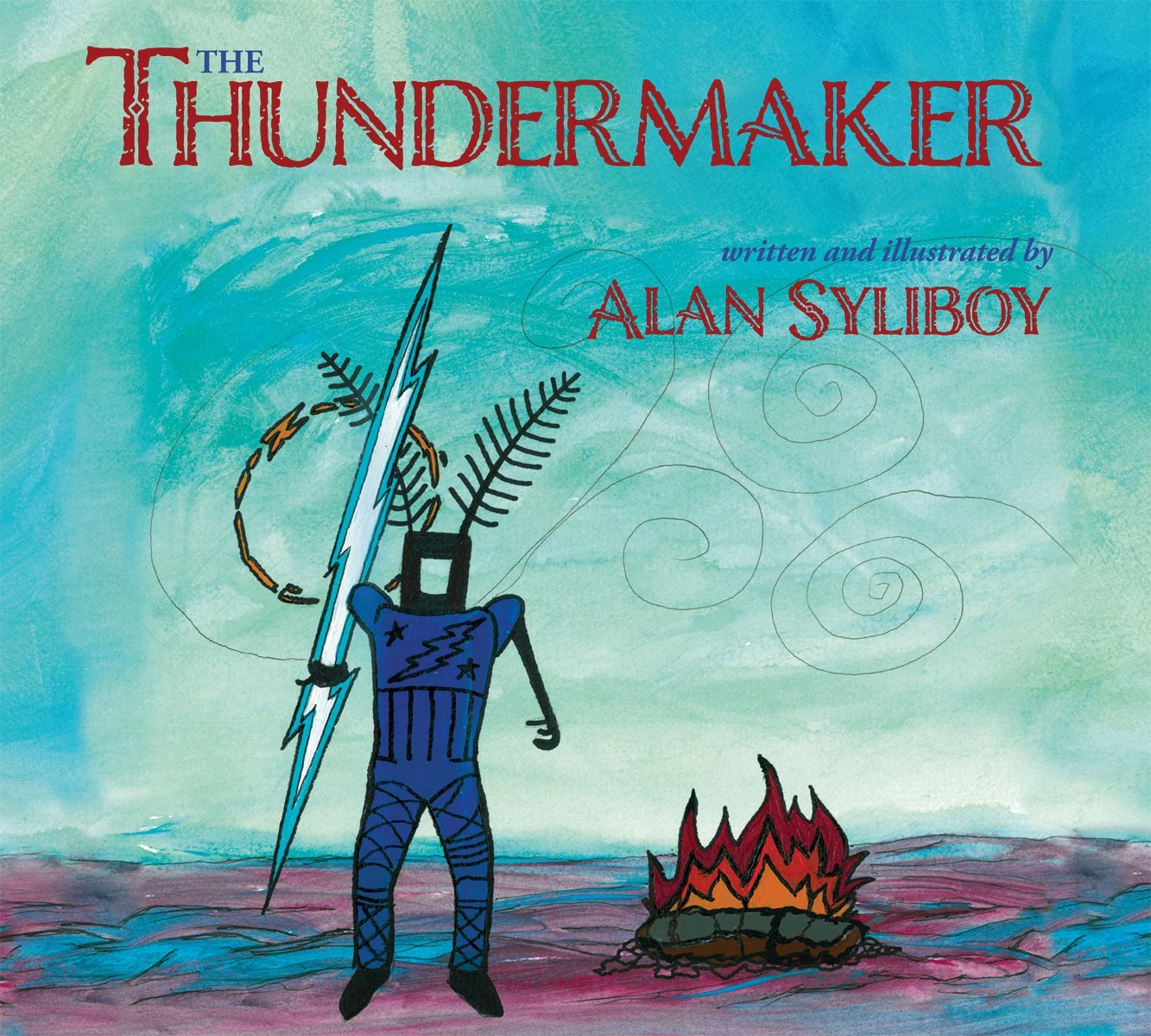
The Thundermaker
Mi'kmaw artist Alan Syliboy's The Thundermaker is based on Alan's spectacular mixed-media exhibit of the same name. In the book, Big Thunder teaches his son, Little Thunder, about the important responsibility he has making thunder for his people. Little Thunder learns about his Mi'kmaw identity through his father's teachings and his mother's traditional stories. Syliboy's spectacular, vibrant artwork brings the story of Little Thunder to vivid life.
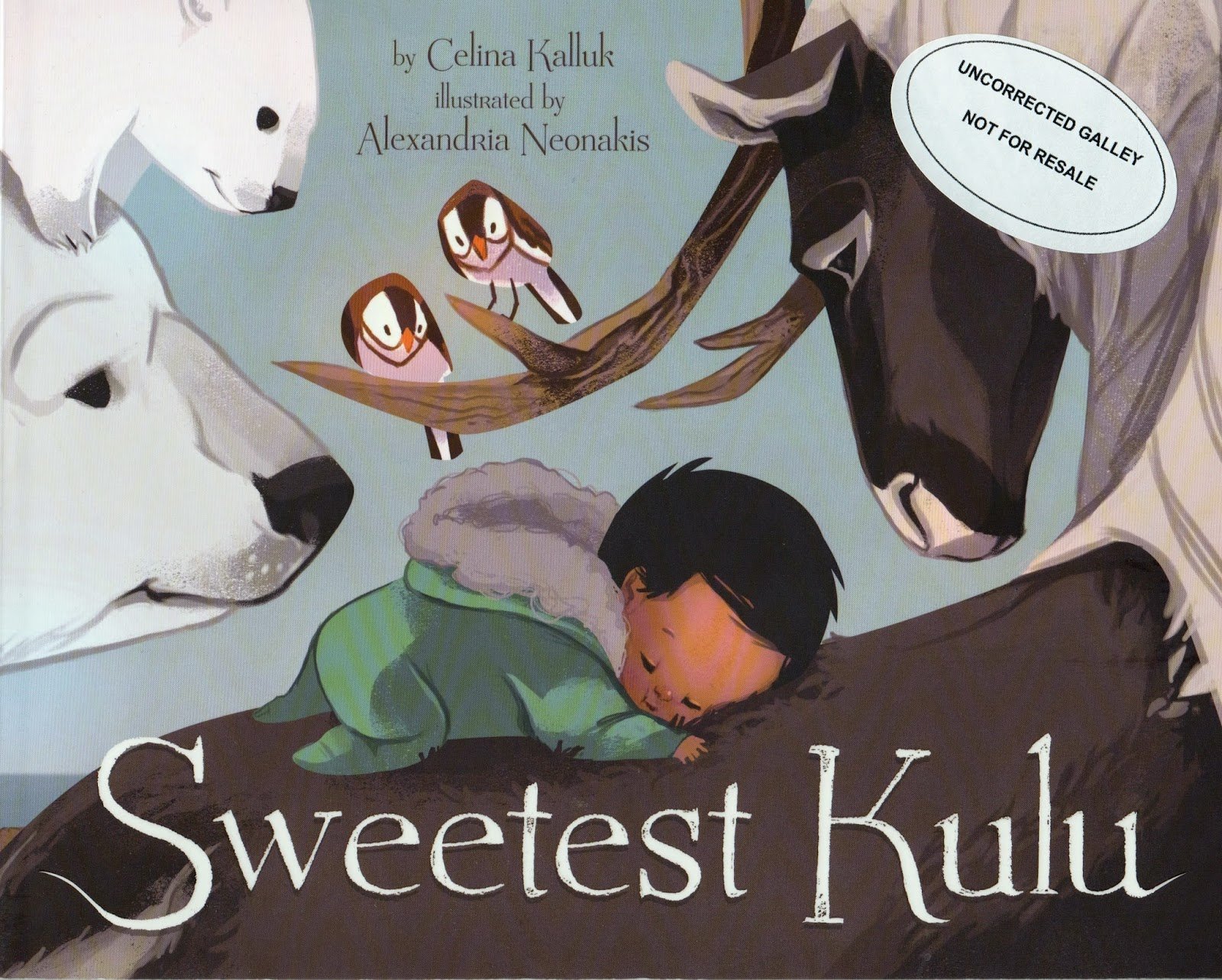
Sweetest Kulu
This beautiful bedtime poem, written by acclaimed Inuit throat singer Celina Kalluk, describes the gifts given to a newborn baby by all the animals of the Arctic.
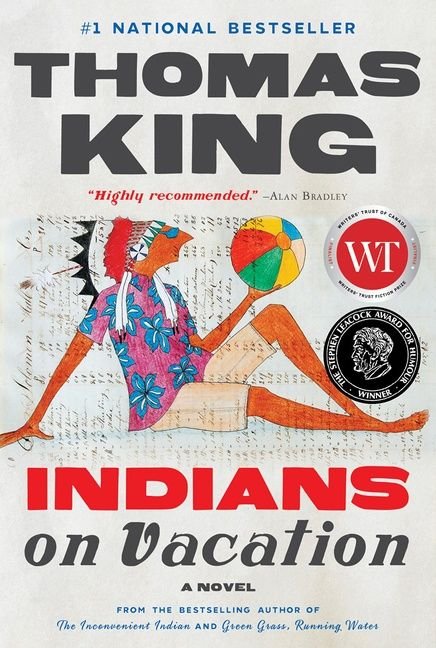
Indians on Vacation: A Novel
Inspired by a handful of postcards sent nearly a hundred years ago, Bird and Mimi attempt to trace long-lost uncle Leroy and the family medicine bundle he took with him to Europe.
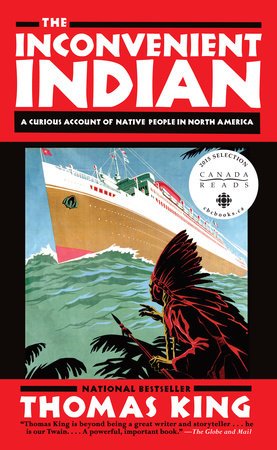
The Inconvenient Indian: A Curious Account of Native People in North America
Darrell Dennis is a stereotype-busting, politically incorrect Native American/Aboriginal/Shuswap (Only he's allowed to call himself an "Indian." Maybe. Under some circumstances). With a large dose of humour and irreverence, he untangles some of the truths and myths about First Nations: Why do people think Natives get free trucks, and why didn't he ever get one? Why does the length of your hair determine whether you’re good or bad? By what ratio does the amount of rain in a year depend on the amount of cactus liquor you consume?
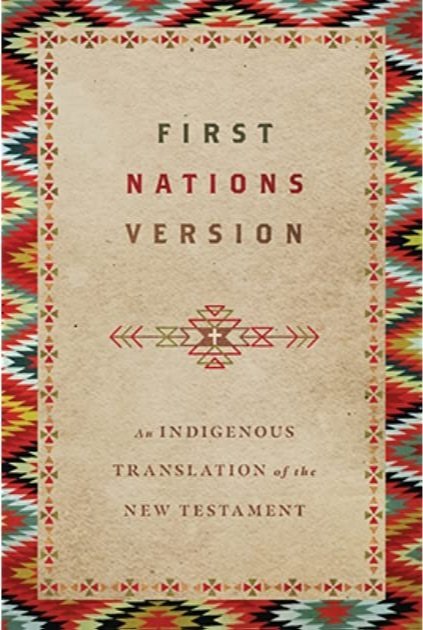
First Nations Version: An Indigenous Translation of the New Testament
The FNV is a dynamic equivalence translation of the New Testament that captures the simplicity, clarity, and beauty of Native storytellers in English, while remaining faithful to the original language of the Bible.
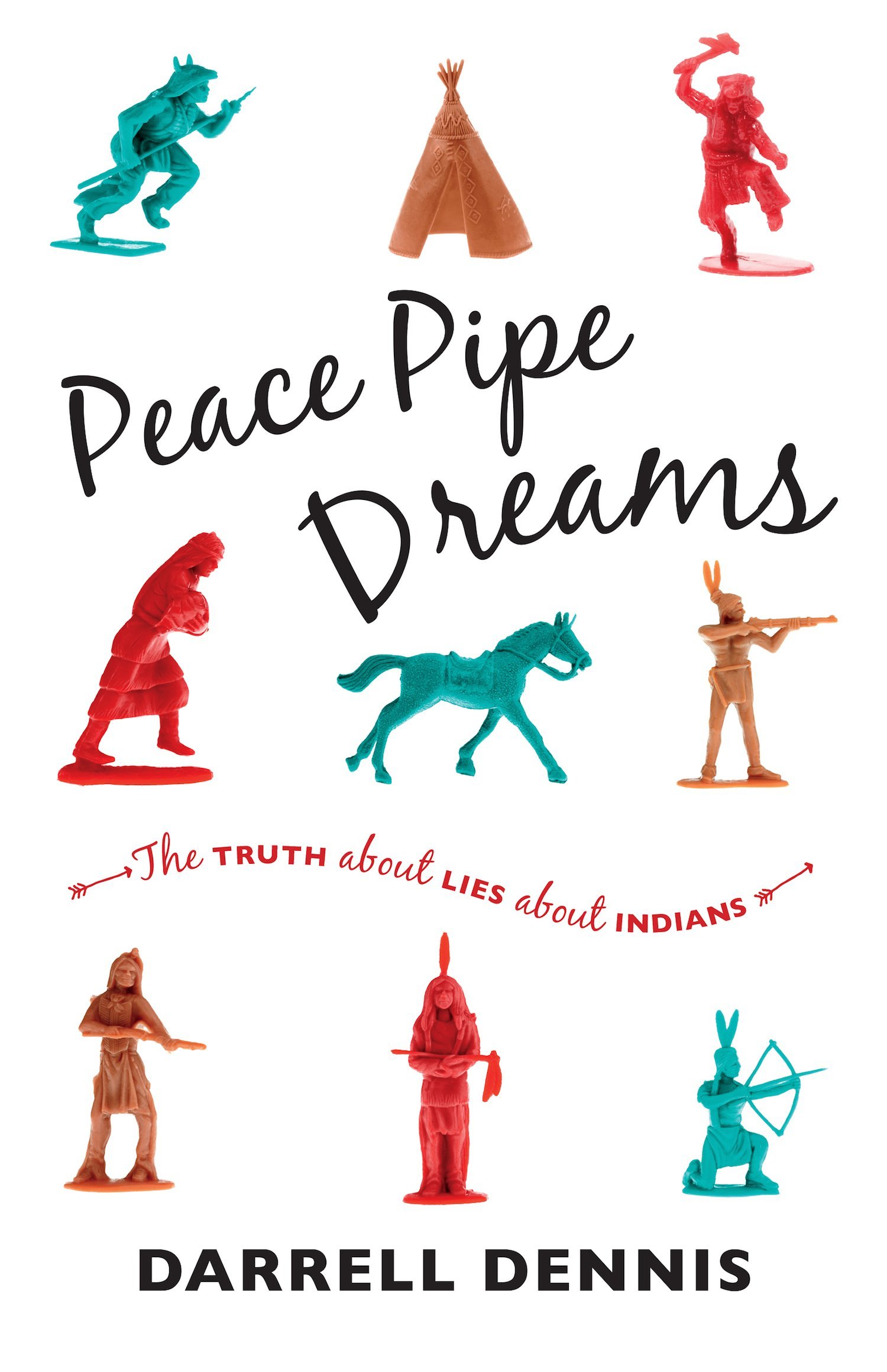
Peace Pipe Dreams: The Truth about Lies about Indians
Darrell Dennis is a stereotype-busting, politically incorrect Native American/Aboriginal/Shuswap (Only he's allowed to call himself an "Indian." Maybe. Under some circumstances). With a large dose of humour and irreverence, he untangles some of the truths and myths about First Nations: Why do people think Natives get free trucks, and why didn't he ever get one? Why does the length of your hair determine whether you’re good or bad? By what ratio does the amount of rain in a year depend on the amount of cactus liquor you consume?
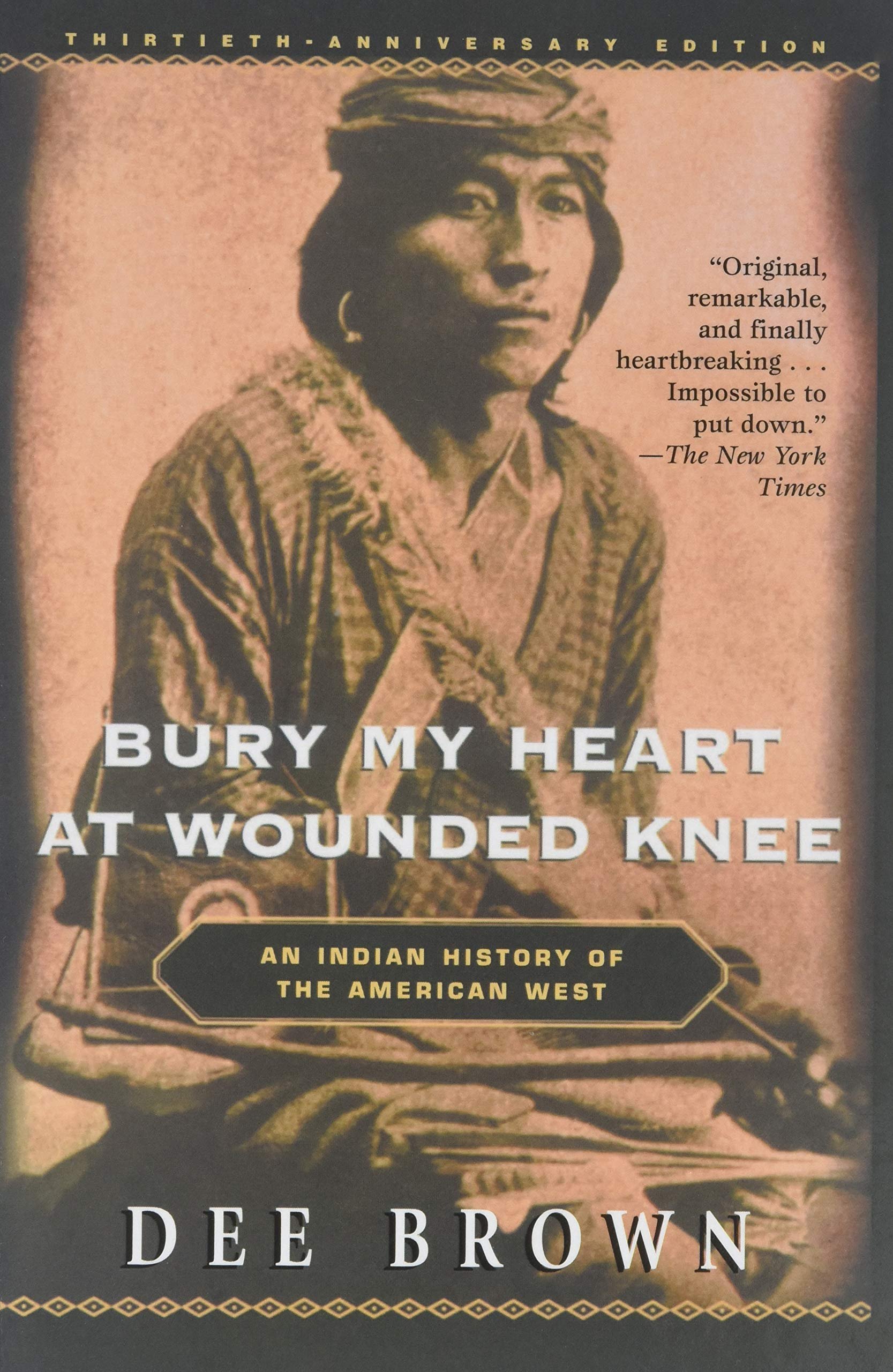
Bury My Heart at Wounded Knee
Immediately recognized as a revelatory and enormously controversial book since its first publication in 1971, Bury My Heart at Wounded Knee is universally recognized as one of those rare books that forever changes the way its subject is perceived. Now repackaged with a new introduction from bestselling author Hampton Sides to coincide with a major HBO dramatic film of the book, Bury My Heart at Wounded Knee.
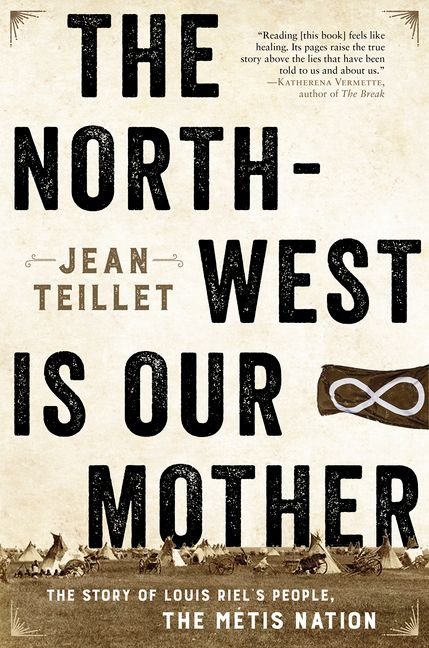
The North-West Is Our Mother
There is a missing chapter in the narrative of Canada’s Indigenous peoples—the story of the Métis Nation, a new Indigenous people descended from both First Nations and European.
Their story begins in the last decade of the eighteenth century in the Canadian North-West. Within twenty years the Métis proclaimed themselves a nation and won their first battle. Within forty years they were famous throughout North America for their military skills, their nomadic life and their buffalo hunts.
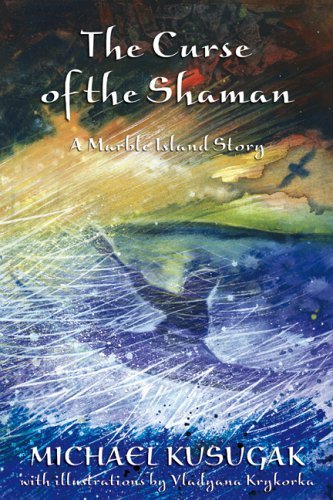
The Curse of The Shaman
Michael Kusugak, consummate storyteller and bestselling author, conjures up an Inuit tale of adventure, perseverance and first-time love shot through with humanity and humour. This is a story perfect for its pre-teen and ’tween audience, where even the strong and the mighty have bad days, the bully gets his due and a dream can come true.
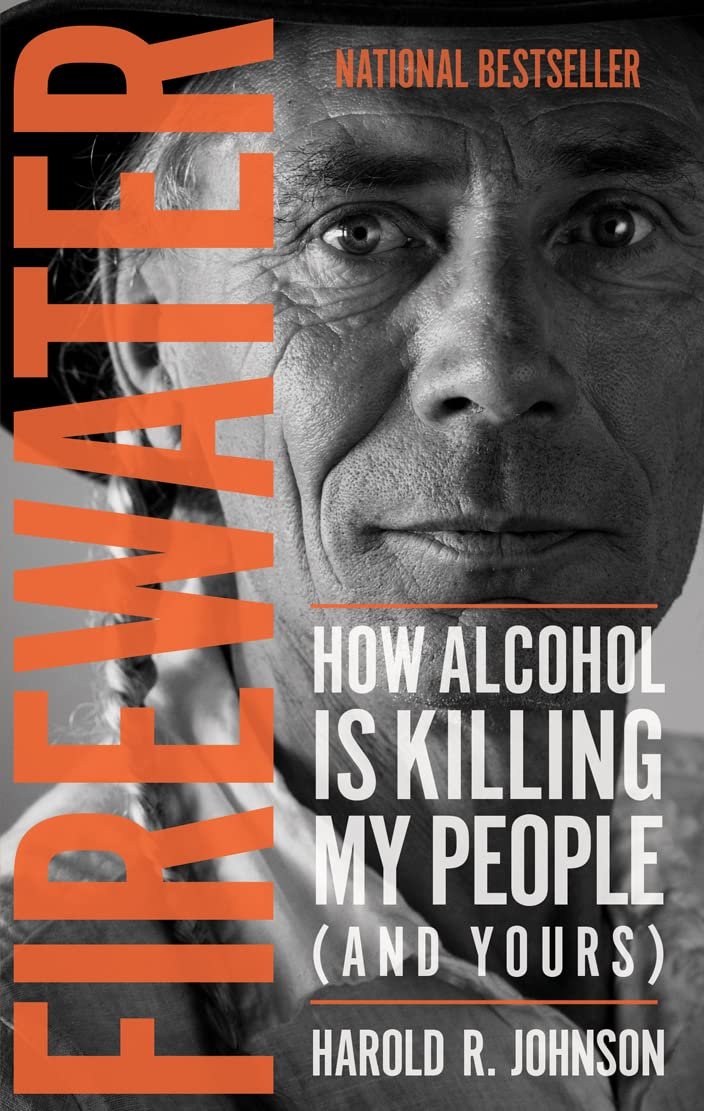
Firewater
A passionate call to action, Firewater examines alcohol-its history, the myths surrounding it, and its devastating impact on Indigenous people.
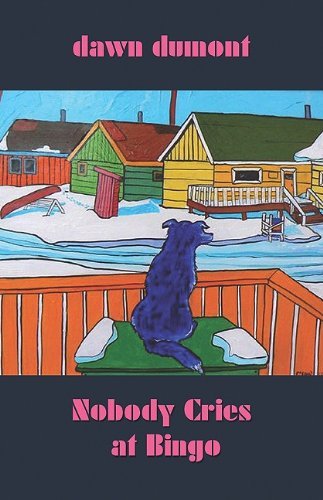
Nobody Cries at Bingo
In Nobody Cries At Bingo, the narrator, Dawn, invites the reader to witness first hand Dumont family life on the Okanese First Nation. Beyond the sterotypes and clichés of Rez dogs, drinking, and bingos, the story of a girl who loved to read begins to unfold. It is her hopes, dreams, and indomitable humour that lay bear the beauty and love within her family. It is her unerring eye that reveals the great bond of family expressed in the actions and affections of her sisters, aunties, uncles, brothers, cousins, nieces, nephews, and ultimately her ancestors.
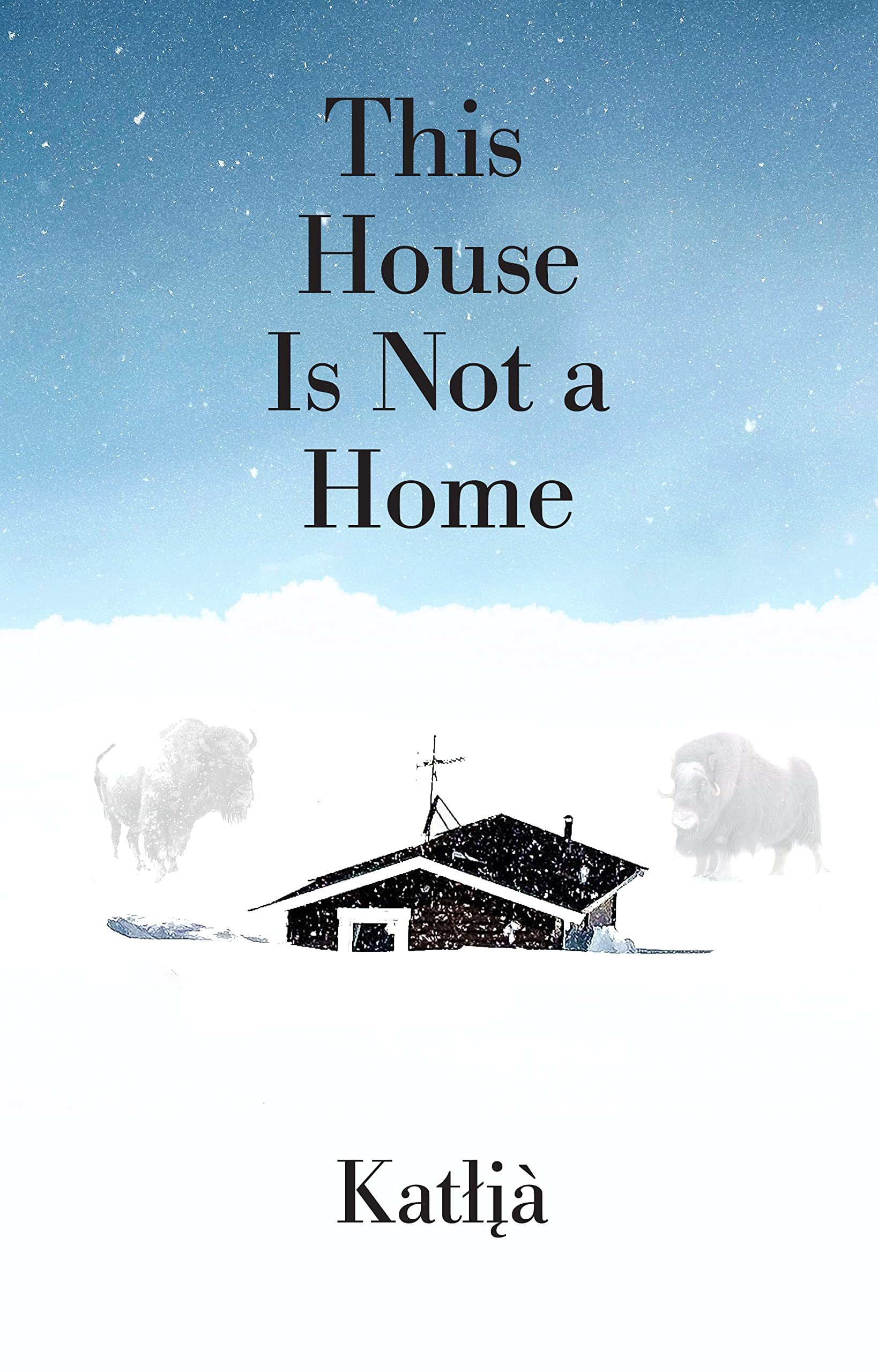
This House Is Not a Home
After a hunting trip one fall, a family in the far reaches of so-called Canada’s north return to nothing but an empty space where their home once stood. Finding themselves suddenly homeless, they have no choice but to assimilate into settler-colonial society in a mining town that has encroached on their freedom.
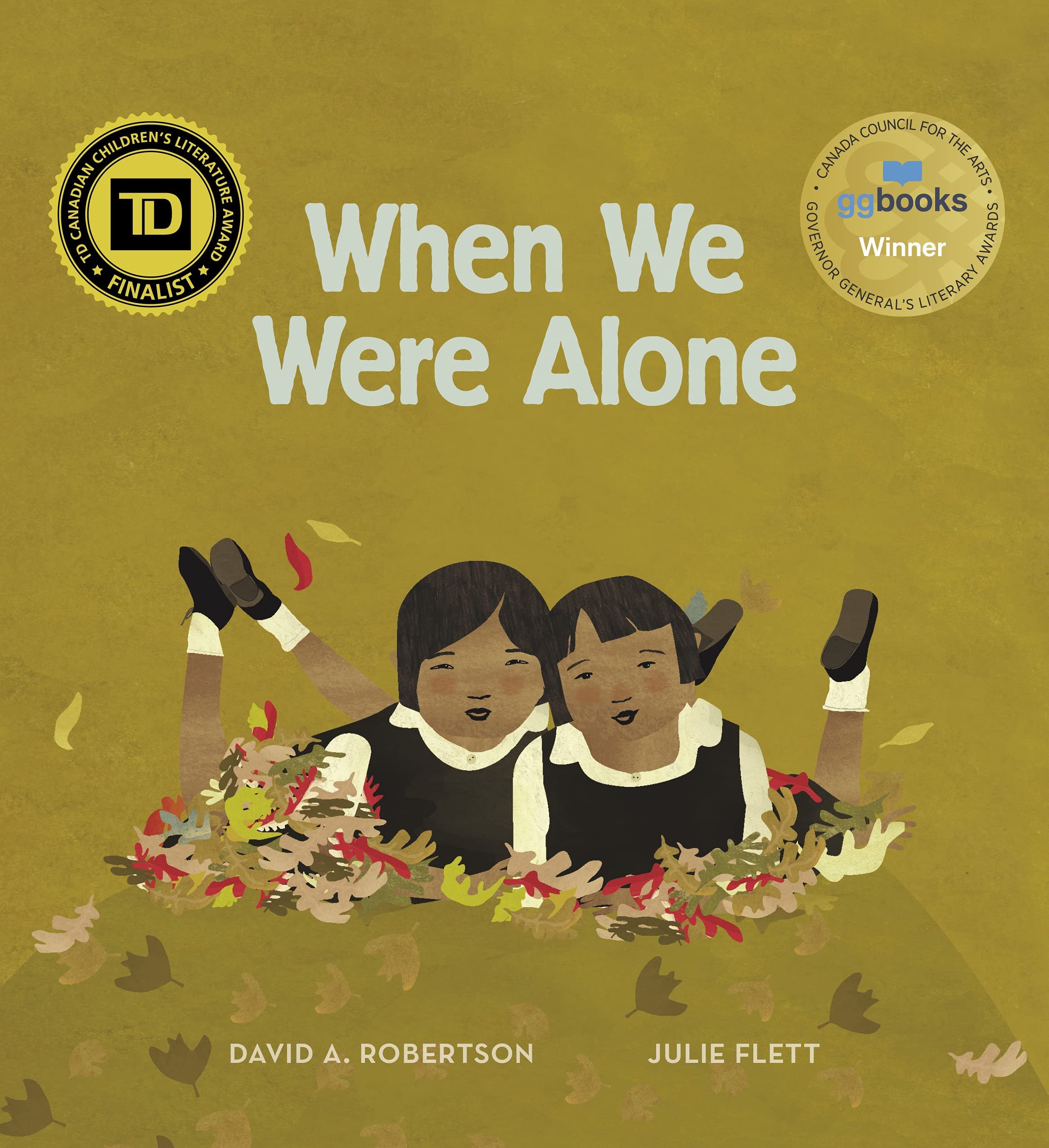
When We Were Alone
A young girl notices things about her grandmother that make her curious. Why does her grandmother have long, braided hair and beautifully coloured clothing? Why does she speak Cree and spend so much time with her family? As she asks questions, her grandmother shares her experiences in a residential school, when all of these things were taken away.
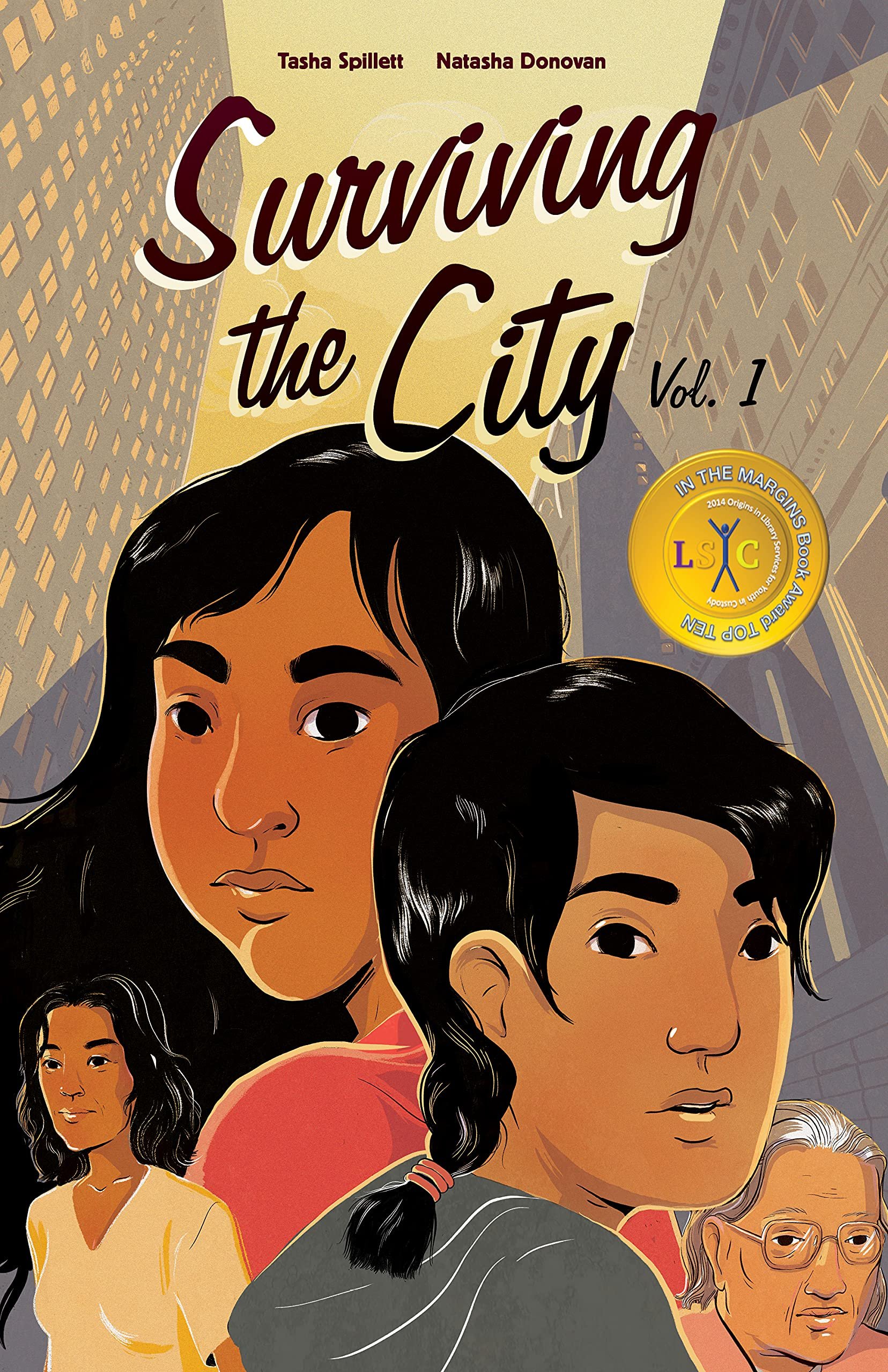
Surviving the City
Tasha Spillett's graphic novel debut, Surviving the City, is a story about womanhood, friendship, colonialism, and the anguish of a missing loved one. Miikwan and Dez are best friends. Miikwan is Anishinaabe; Dez is Inninew. Together, the teens navigate the challenges of growing up in an urban landscape - they're so close, they even completed their Berry Fast together. However, when Dez's grandmother becomes too sick, Dez is told she can't stay with her anymore. With the threat of a group home looming, Dez can't bring herself to go home and disappears. Miikwan is devastated, and the wound of her missing mother resurfaces. Will Dez's community find her before it's too late? Will Miikwan be able to cope if they don't?